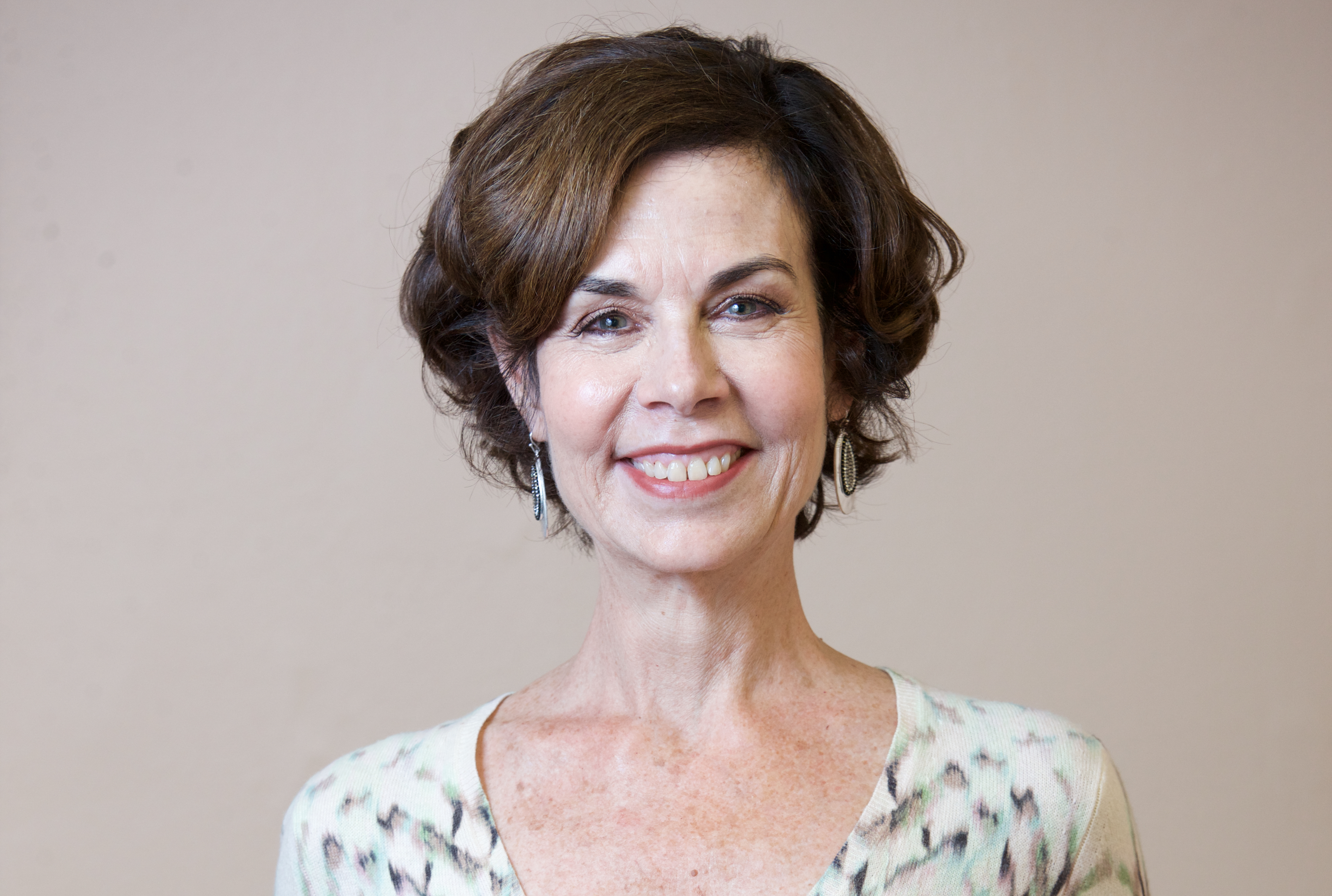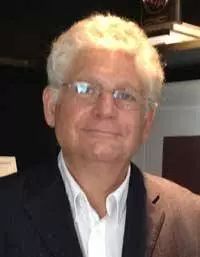Politics for the People Book Club: Independents Are Indeed Rising

This month, I invited Frank Fear to review the book, Independents Rising: Outside Movements, Third Parties, and the Struggle for a Post-Partisan America. Jacqueline Salit, the president of Independent Voting and author of the popular IVN column "The Neo-Independent" wrote the book in 2012.

After the Politics for the People Book Club read Greg Orman’s book, A Declaration of Independents: How We Can Break the Two-Party Stranglehold and Restore the American Dream, I was struck by how the two books taken together offer a rich and comprehensive look at the independent movement and the challenges – both philosophical and practical—that we face.
So, give Frank’s insightful review a read and pick up a copy of Independents Rising to add to your summer reading.
Independents Are Rising, Indeed
By Frank Fear
Every good book includes that passage — precious words you savor, read again and again, and then punctuate with a table-thumping, “YEAH!”
Like….
“The story of how political institutions develop cannot be told without understanding the complementary process of political decay. Human institutions are ‘sticky,’ that is, they persist over time and are changed only with great difficulty. Institutions that are created to meet one set of conditions often survive even when those conditions change or disappear, and the failure to adapt appropriately entails political decay.” - Francis Fukuyama, The Origins of Political Order
It's featured in Jacqueline S. Salit, Independents Rising: Outsider Movements, Third Parties, and the Struggle for a Post-Partisan America. New York: Palgrave MacMillan, 2012, p. 183.
Fukuyama is spot on and so is Salit. Her book is a must-read for anybody serious about politics.
Independents Rising isn’t one of those “flash the title on the TV screen before I do my interview” books. This is serious stuff, written by a leading voice in America’s independent movement.
What I like most about Salit is that she lives at the intersection of intellectual depth and political strategy. Her perspective is expressed thoughtfully, often elegantly, and she comes to her writing with loads of experience.
For decades, Salit has navigated the choppy waters of Left-Right coalition-building. She managed Michael Bloomberg’s three successful New York City mayoral campaigns on the Independence Party line. These days Salit serves as president of one of America’s most important independent organizations, IndependentVoting.org.
No matter how much you know about independent politics, “Professor” Salit will teach you something new and will also leave you thinking deeply about what I call The Third Force of American politics.
Image: Jackie Salit, President of Independent Voting
And, if you’re like me (I suspect some of you are), reading her book might come at the right time in your political evolution.
For years I’d been searching unsuccessfully for a landing place in America’s political landscape. Despite being Democrat by party and Green by affiliation, I was disconnected politically. “Party,” and all the things that go with it, was getting in the way—precisely for the reasons Fukuyama describes.
Reading Salit’s book helped me realize something fundamentally important. “Independent” isn’t simply a political preference and choice; it’s a personal stance, an identity. Independents “have an independent existence” (p. 205) Salit writes, quoting kindred spirit, the late Fred Newman.
It’s why I resonate with words included in the book’s subtitle—outsider and movements. Those words encapsulate the push and pull of political migration—pushed away from/by the parties (becoming an outsider) and pulled toward something new (a movement).
But the independent movement of which Salit writes is neither fully formed nor fully understood. It is—as Salit writes (citing Newman again, p. 204)—“a becoming.”
A becoming it is, but quixotic it is not. America’s political future depends on its success, that “sweet spot” when a sufficiently large number of independents migrate from political me (self-identifying as an independent) to political we (identifying collectively as independents, including the will to exercise that force politically.)
Getting there won’t be easy, though. First, the movement isn’t about third parties (two other words from the book’s subtitle). It’s about figuring out how to flex the muscles of America’s independents primarily through social networking—not the hard-wired, hierarchical organizational form the parties use. Salit not only understands that, she’s proficient at it. It’s exactly the work she and others are doing nationally through IndependentVoting.org.
Second, independents aren’t a monolith; they span the political spectrum from Left to Right. Can Salit—a self-admitted Progressive—credibly lead a diverse movement? Yes, I conclude. It’s because Salit doesn’t impose her political inclinations on the movement. A boundary-crosser by nature, she works with independents of all stripes to energize action for broad-scale democratic reforms.
Just how Salit goes about doing that is the biggest value of Independents Rising. Salit gives readers plenty of examples from her own political journey, including Rock’Em Sock’Em experiences associated with the Bloomberg campaigns.
You read about exhausting work — pincer-like in nature, offensively and defensively—with lots of in-the-trench combat. It’s required work because the parties aren’t sitting idly by; they’re protecting their flanks.
Take one example — New York State’s primary structure. New York has a closed system. Citizens can’t vote in primaries unless they’re party-registered. In 2016, that meant 3 million registered voters—including independents—couldn’t cast ballots in the state’s presidential primary.
To make the system even more onerous, a “party switcher” had to change party affiliation months earlier, in the fall of the previous year. And to put the icing on this three-layer political cake, in 2016 New York State held three separate primaries—in April for president, in June for congressional races, and in September for state senate and assembly races.
That’s just one example of party-induced chicanery. But there’s an entirely different type of challenge that Salit and others face. It’s what I call the paradox of change. Sometimes people are willing to stick with what they know—even if they don’t really like it—rather than risk changing to something they’ve not yet experienced.
Case in point: even with all its deficiencies and issues, the party system is real. It exists. What Americans don’t know (and to use still more words from the book‘s subtitle) is what a post-partisan America looks like.
Visionaries can imagine it. Strategists can work toward it. But it’s not here and now. There’s no “it” for everyday Americans to see, know, and put their arms around.
How do you get millions of Americans to become invested in something that’s aspirational? Not easily is the answer.
But what everyday Americans can do and are doing—including the 40% or so self-identified independents—is reject party politics as usual. And some—just like Salit, me, and thousands of others—are taking a risk, being pulled toward that “becoming,” to participate in a nascent movement of democratic reform.
Salit well describes what those activists are doing (p. 203):
"Independents, organized without being a third party, are battling for structural reforms that will loosen the grip of parties on government and politics. This is a long-term approach, one that focuses as much on the development of the movement as it does on correcting the ills of the partisan arrangement. Those two, development and democratization, go hand in hand, or neither go anywhere at all."
And Salit makes no bones about something else—about what will likely happen in the independent movement as it evolves:
"Surely, the competition among organized forces in the independent movement will become more intense in the decades to come."
That’s exactly the type of penetrating self-critique any movement needs to mature.
It’s one of many reasons I can’t imagine a better leader and representative of all things independent than Jackie Salit.
Independents are rising, indeed.

"Frank A. Fear is professor emeritus, Michigan State University, where he served as a faculty member for thirty-five years and worked in various administrative positions for nearly twenty years. He is a frequent columnist for the LA Progressive. Find him on Twitter and on Tumblr, “For the Public Good." Frank also writes about issues that intersect sport and society. You can read him at The Sports Column."





